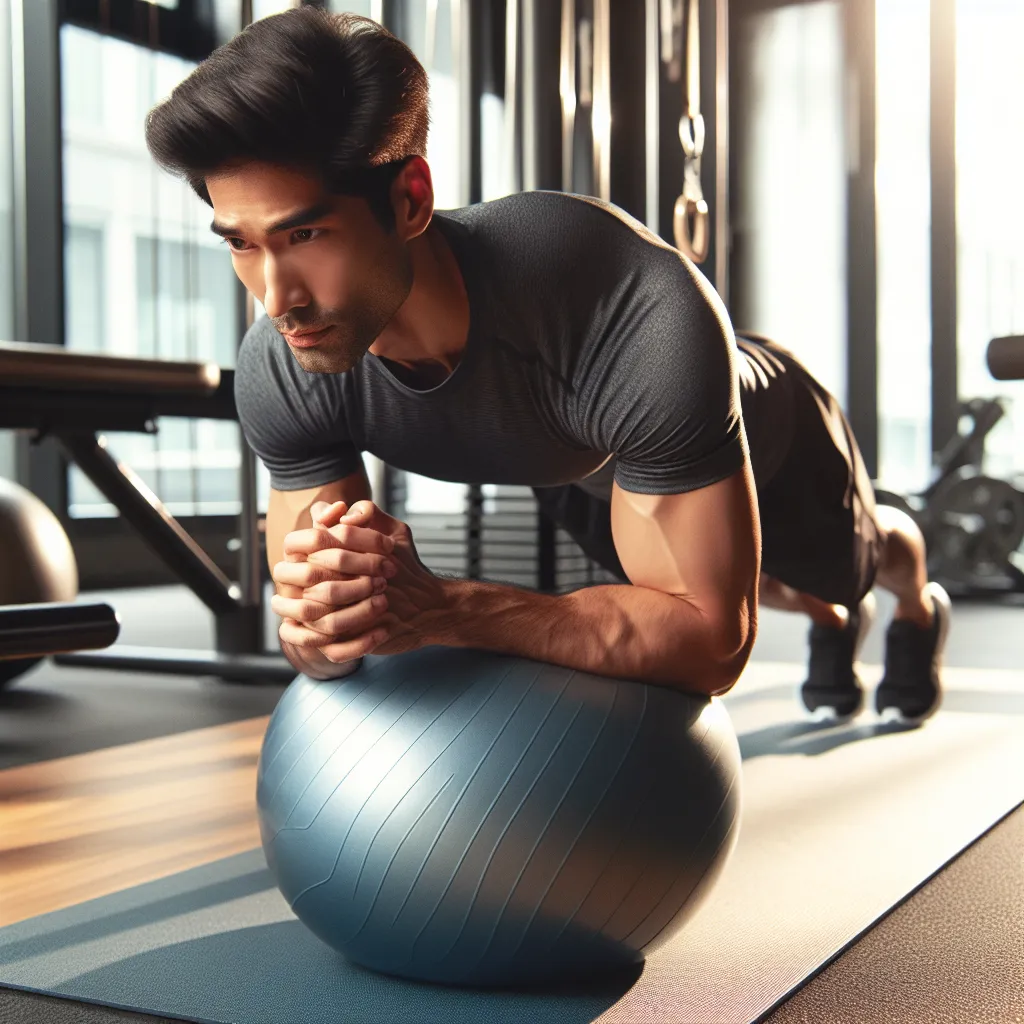Effective Core Strengthening Exercises for Beginners
Effective core strengthening exercises are essential for beginners looking to build a solid foundation of core strength. One of the most beneficial exercises for targeting the core is the plank. This exercise not only engages the abdominal muscles but also targets the entire core, including the back and shoulders. Beginners can start with a modified plank by resting on the forearms and knees before progressing to a traditional plank on the hands and toes.
Another effective exercise for beginners is the bird dog, which involves extending one arm and the opposite leg while maintaining a stable core. This movement helps improve balance and stability while engaging the core muscles. Additionally, beginner-friendly exercises such as glute bridges and dead bug variations are great for activating the core and building strength.
It’s important for beginners to focus on proper form and control rather than quantity when performing core exercises. Gradually increasing the duration and intensity of the exercises as core strength improves is key to seeing progress. Consistency and patience are crucial in building core strength effectively, and beginners should aim to incorporate these exercises into their workout routine 2-3 times per week.
By incorporating these effective core strengthening exercises into their workouts, beginners can lay the groundwork for a strong and stable core, setting the stage for more advanced exercises and greater overall strength and stability.
Advanced Techniques for Maximizing Core Strength
When it comes to building core strength, targeted workouts can make a significant difference. While basic exercises like planks and crunches are effective, incorporating advanced techniques into your routine can maximize core strength development. One advanced technique that has been shown to be highly effective is incorporating instability into your core workouts. This can be achieved by using tools such as stability balls, BOSU balls, or suspension trainers to engage the stabilizing muscles of the core to a greater extent. Additionally, performing exercises on unstable surfaces like foam pads or balance boards can further challenge the core muscles and enhance strength gains.
Another advanced technique for maximizing core strength is integrating unilateral movements. Unilateral exercises, which focus on a single side of the body at a time, require the core muscles to work harder to maintain stability and balance. Incorporating movements like single-arm planks, one-arm dumbbell carries, or single-leg stability ball leg curls can effectively target the core muscles in a more intense way. These exercises not only strengthen the core but also improve overall stability and coordination.
Incorporating dynamic movements into core workouts is also a valuable advanced technique for building core strength. Dynamic exercises such as medicine ball throws, woodchoppers, and kettlebell swings not only engage the core muscles but also help develop power, explosiveness, and functional strength. These movements challenge the core in multiple planes of motion, mimicking real-life activities and sports performance, thus resulting in a well-rounded core development.
By incorporating these advanced techniques into your core workouts, you can take your core strength to the next level. It’s important to progressively integrate these techniques into your routine and always prioritize proper form and technique to maximize the benefits and minimize the risk of injury.
The Importance of Core Stability in Athletic Performance
Targeted workouts for building core strength are essential for improving athletic performance across a wide range of sports and physical activities. One crucial aspect of these workouts is the emphasis on core stability, which plays a pivotal role in enhancing overall athletic performance.
Core stability is the foundation of all movement and is vital for maintaining proper posture, balance, and coordination. Athletes with a strong and stable core are able to generate more power, transfer energy more efficiently, and reduce the risk of injury during high-impact activities.
When it comes to athletic performance, core stability contributes significantly to strength, speed, agility, and endurance. It allows athletes to move with greater control and precision, leading to improved performance in activities such as running, jumping, twisting, and turning.
Furthermore, a stable core enables athletes to effectively channel their strength from the center of the body outwards, leading to more explosive movements and increased functional power. This is particularly beneficial for sports such as tennis, golf, and martial arts, where rotational power and stability are fundamental to success.
Incorporating targeted core workouts into training regimens is essential for athletes looking to enhance their overall performance. By prioritizing core stability, athletes can unlock their full potential and achieve their athletic goals with greater efficiency and reduced risk of injuries.

